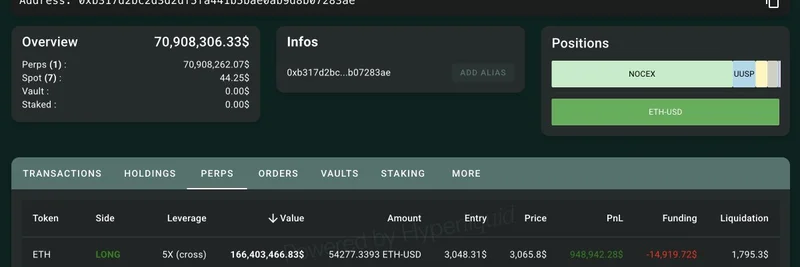In the fast-paced world of cryptocurrency, where hype can skyrocket a token's value overnight, one voice is pushing back against the narrative that memecoins are the ultimate hook for bringing in newcomers—often called "normies" in crypto slang. A recent tweet from @StarPlatinumSOL has sparked a conversation about the real pitfalls of using meme tokens as an entry point into blockchain.
The tweet, posted on August 24, 2025, lays it out plainly: "I’m ready to die on this hill: Memecoins will never be the best way to onboard normies." For those unfamiliar, memecoins are cryptocurrencies inspired by internet memes, like Dogecoin or newer ones on platforms such as Solana. They're fun, viral, and often promise quick riches, but as the poster points out, they're fraught with dangers that can scare off potential adopters.
The Double-Edged Sword of Memecoin Hype
The author acknowledges the appeal: the cultural buzz and potential for fast profits can indeed draw people in. Think of it like a viral TikTok trend that suddenly involves money—exciting, right? But here's where it gets tricky. The "trenches," a term referring to the chaotic, high-risk underbelly of meme coin trading on decentralized exchanges (DEXs), are riddled with issues.
Scams are rampant. Rug pulls happen when developers hype a token, attract investors, and then abruptly pull out the liquidity, leaving holders with worthless assets. Insider dumps occur when early holders or creators sell off large amounts, crashing the price. As @StarPlatinumSOL notes, these elements make most people lose money and flee, convinced that all of crypto is just one big Ponzi scheme.
This isn't just anecdotal; it's a pattern that's turned many curious explorers into bitter skeptics. Instead of building trust in blockchain technology—which powers everything from secure payments to decentralized finance (DeFi)—memecoins often erode it.
A Better Path: Simple, Fun Apps First
The tweet calls for a shift: "Give me a simple, fun, easy to use app that lets people earn money 1,000 times before giving them another ticker." In crypto terms, a "ticker" is the symbol for a token, like BTC for Bitcoin. The idea is to introduce users to earning through practical, low-risk applications before diving into speculative trading.
Imagine apps where you earn small amounts of crypto by playing games, completing tasks, or even just walking (like some play-to-earn models). These build familiarity and positive experiences, making the jump to more complex investments feel natural. Projects on Solana, known for its speed and low fees, are already experimenting with such user-friendly tools, but the focus needs to broaden beyond pure speculation.
The poster wraps up with a sharp critique: "The only ones who want retail in the trenches are those hunting for new exit liquidity." Exit liquidity refers to new investors whose money allows early holders to cash out profitably. It's a harsh reality check—many promoters aren't in it for mass adoption; they're in it for the quick flip.
Community Reactions and Broader Implications
Replies to the tweet echo agreement. One user compared memecoins to a "scam casino" with flashy lights but empty pockets. Others suggested alternatives like gaming integrations, real-world assets (RWAs)—which tokenize physical items like real estate—or straightforward earn apps. Even questions about RWAs as an onboarding tool highlight the search for sustainable entry points.
For meme token enthusiasts and blockchain practitioners, this discussion underscores a key lesson: while memecoins drive visibility, true growth comes from utility and trust. At Meme Insider, we're all about dissecting these trends to help you navigate the space smarter. If you're diving into Solana-based memes or exploring safer onboarding strategies, keep an eye on projects prioritizing user experience over hype.
Check out the original tweet for the full thread and join the conversation. What's your take— are memecoins a boon or a barrier for crypto adoption?


